- Introduction
- ES Morse
- Morse in New England
- Morse as an illustrator
- Morse in Japan
- Morse's pottery collection
- Charles Otis Whitman
- Shosaburo Watase
- Iwakura Mission
- Katsuma Dan
- Emperor Showa (Hirohito)
- Shinya Inoue
- Osamu Shimomura
- Susumu Honjo
- --------
- E.S. Morse Institute
- Institutional Cooperation
- Fukushima
- About
Shinya Inoué 1921-Present
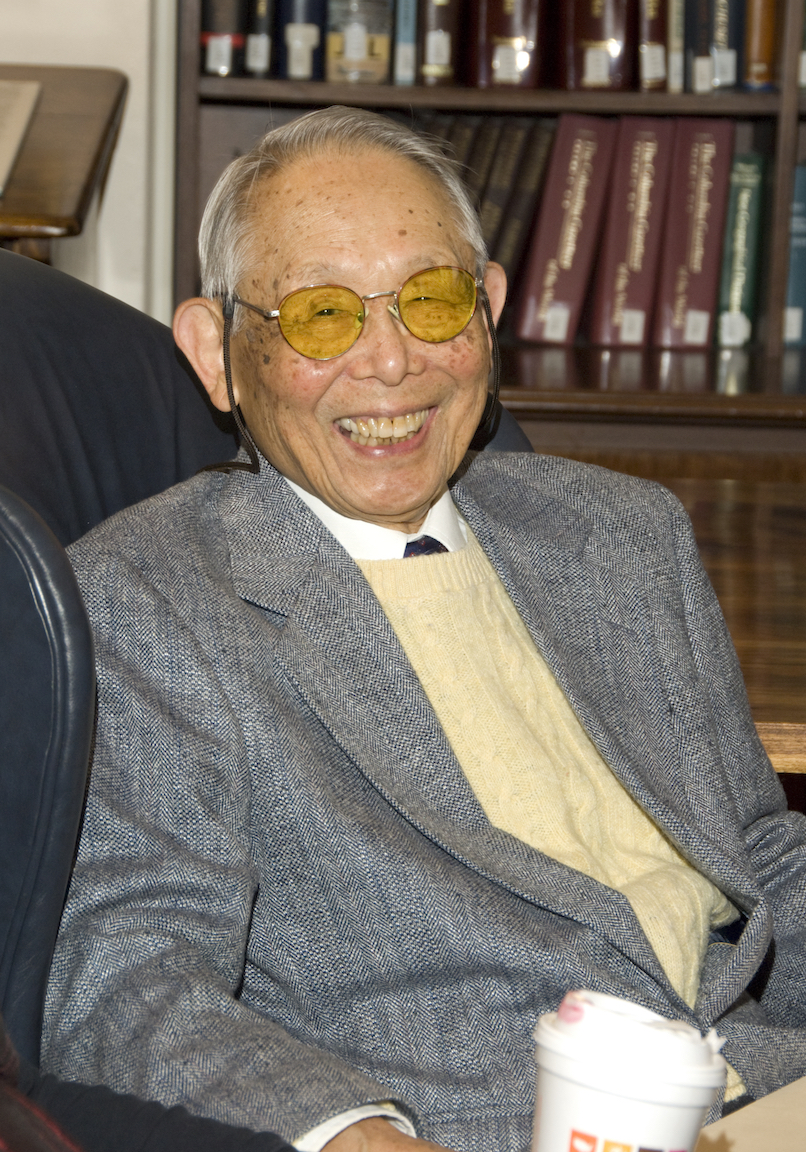
Shinya Inoué. Photo by Tom Kleindinst.
Shinya Inoué graduated from the University of Tokyo in Zoology in 1944, and later studied at Princeton University, receiving an M.A. in Biology in 1950, followed by a Ph.D. in 1951.
He studied with cell biologist Katsuma Dan who challenged him, amid the Tokyo air raids during World War II, to develop a microscope that could reveal the inner worlds of sea urchin eggs. His goal was to record cells in action in order to truly understand how cell division works. To do this, light alone wasn't enough. The light needed to be enhanced, or polarized, a change that others had invented but that Inoué helped perfect after much tinkering. By the early 1950s, his home-built microscope allowed him to see inside the machinery of a living cell, and that's when he noticed them: tiny spindle fibers that helped one cell divide precisely into two. "Many people had doubted the presence of these fibers," recalled Inoué. "The reason was we couldn't see the fibers in the cells."
Inoué, who has been conducting research at the MBL since the early 1950s, is a leading innovator in microscopy and cell biology. His great contribution has been to pioneer the microscopic imaging of live cells, by inventing new ways of using light waves to explore the intricacies of cellular structure and dynamics.
Inoué’s dual careers as a microscopist and cell biophysicist have been elegantly complementary. Every refinement of his hand-built polarizing microscopes has led to a greater understanding of the most fundamental life processes, including fertilization, cell division, early embryonic development, and cell movement.
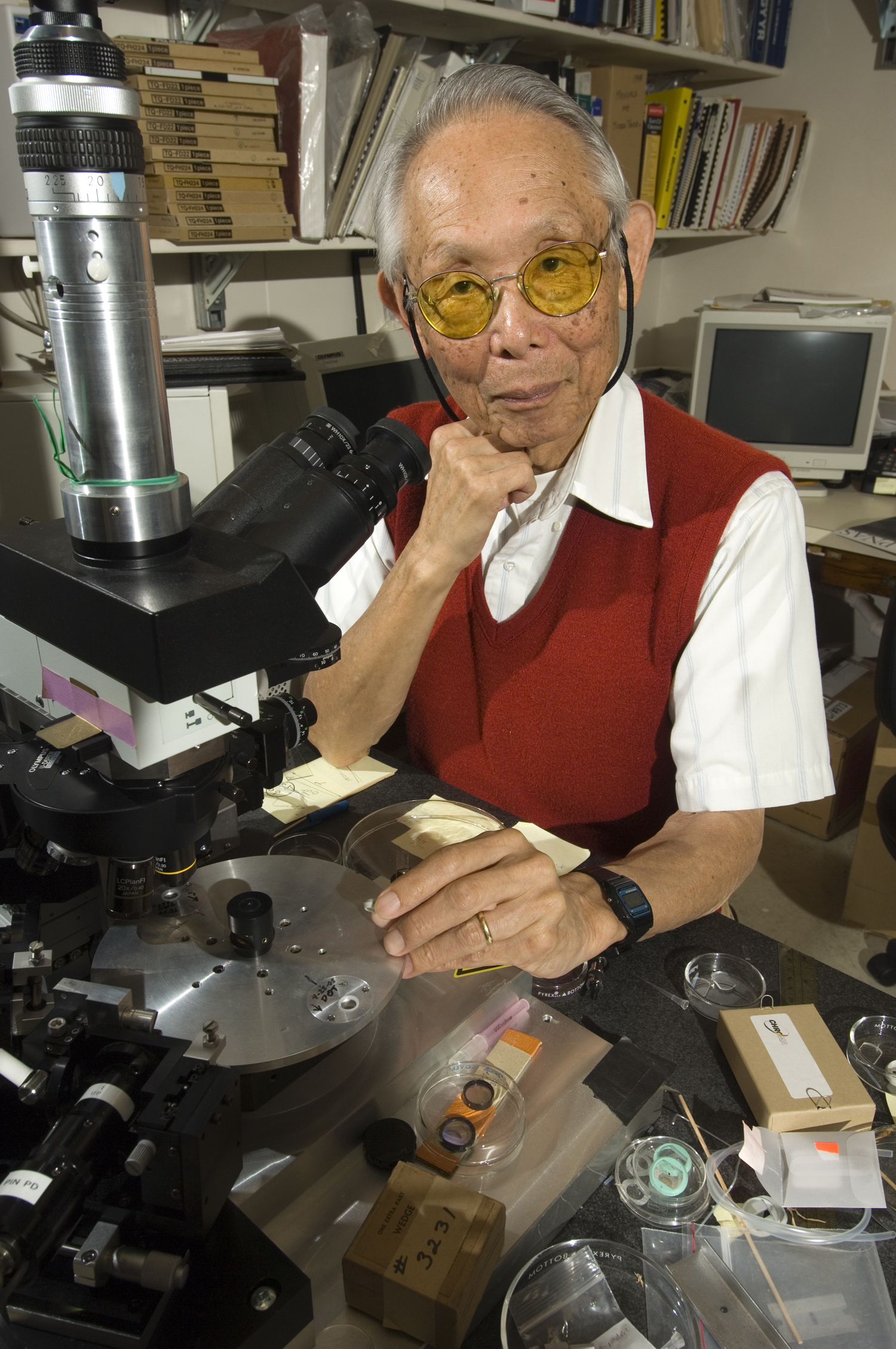
Shinya Inoué in the lab
Inoué is also the co-inventor of video microscopy, a revolutionary advance in the early 1980s that ushered in the modern era of electronic imaging, which quickly advanced to digital imaging. His current microscope fills a room at the lab, wired to computers and even video. Inoué has also written a major textbook on the subject of video microscopy.
Inoué can be considered the father of the field of cytoskeleton dynamics, and is still contributing inspiration to the field of cellular biology. He has been a visionary for more than seven decades.
Among the prizes and honors Inoué has received are
- Guggenheim Fellowship, 1970;
- E.B. Wilson Medal, 1992;
- Election to the United States National Academy of Sciences, April 1993;
- Ernst Abbe award, New York Microscopical Society, 1997;
- International Prize for Biology, Japan Society for the Promotion of Science, December 2003
- Order of the Sacred Treasure, Gold Rays with Neck Ribbon, May 2010
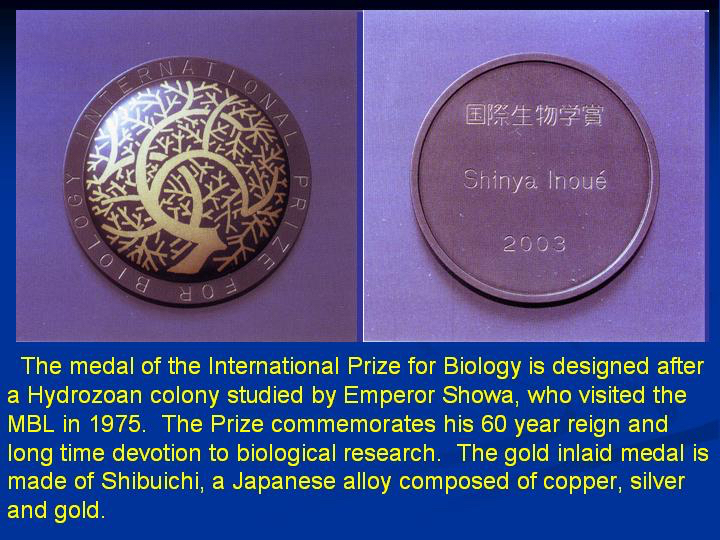
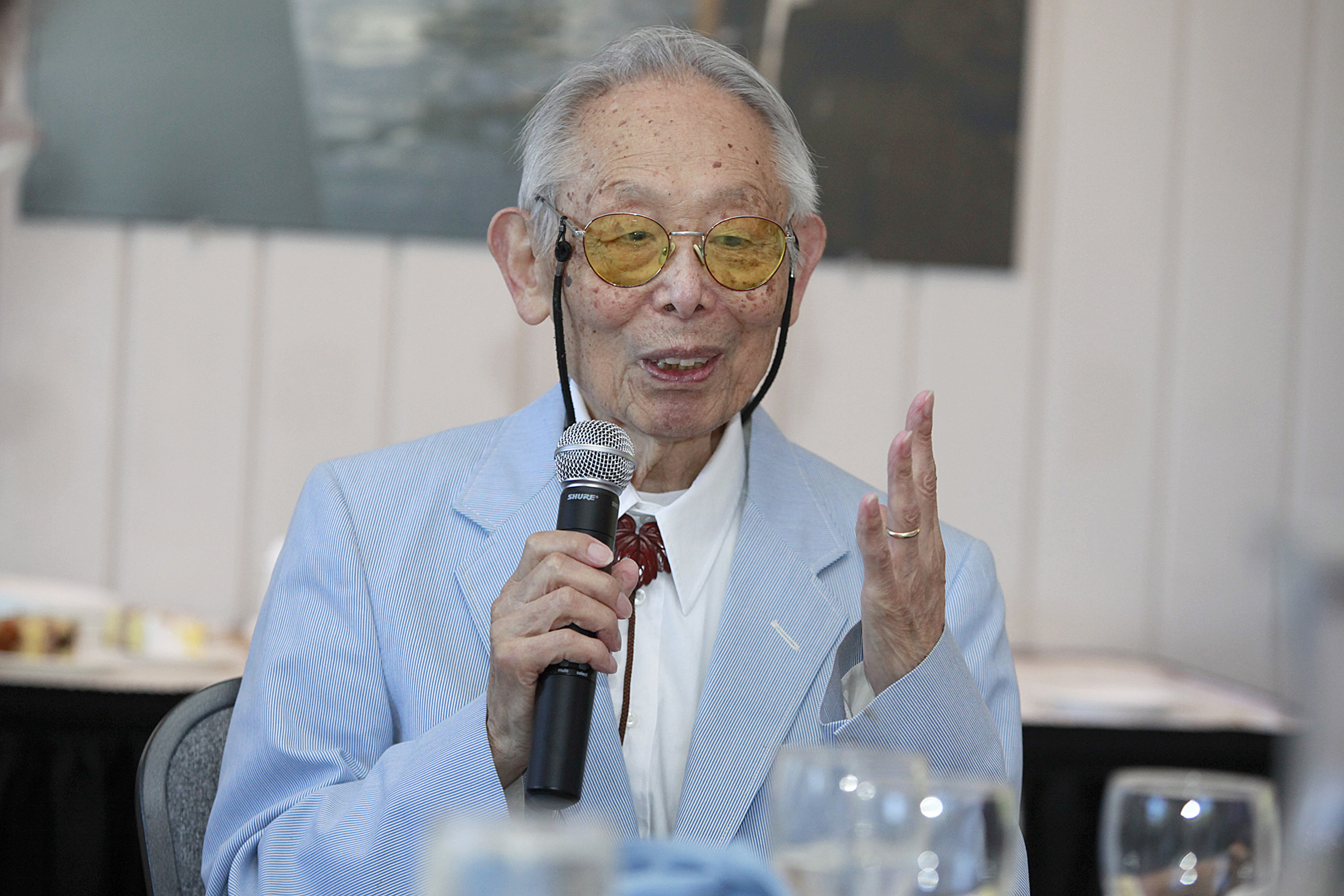
Shinya Inoué speaking at a symposium
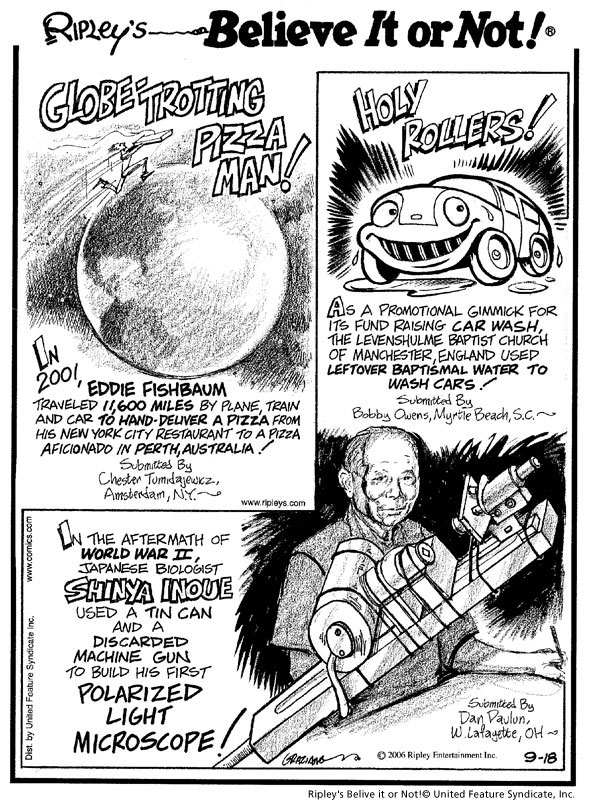
Inoué appears in Ripley's Believe It or Not!
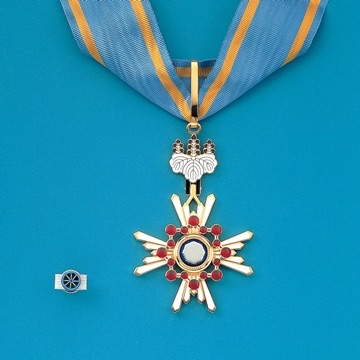
Order of the Sacred Treasure, 3rd class, gold rays with neck ribbon